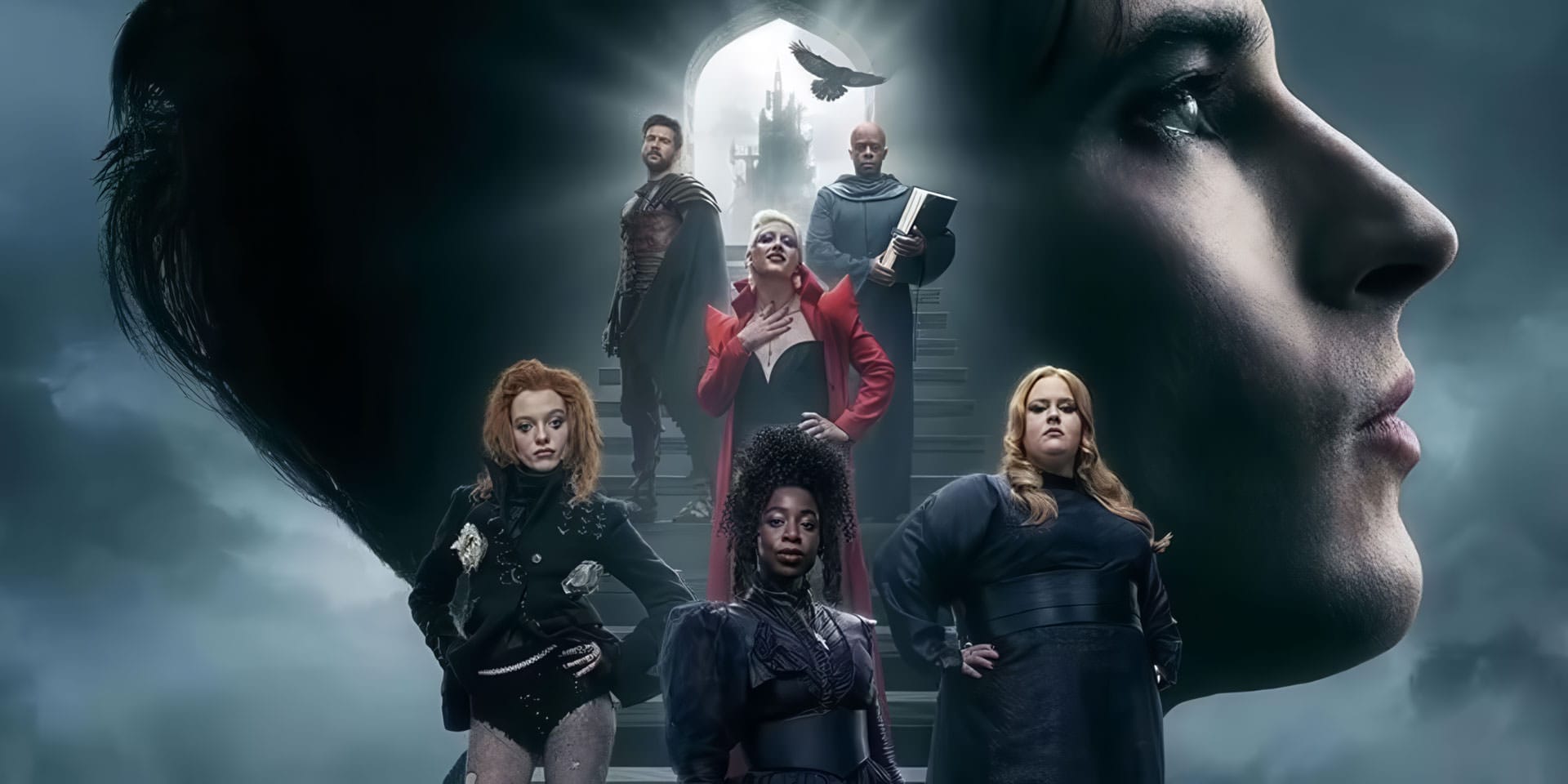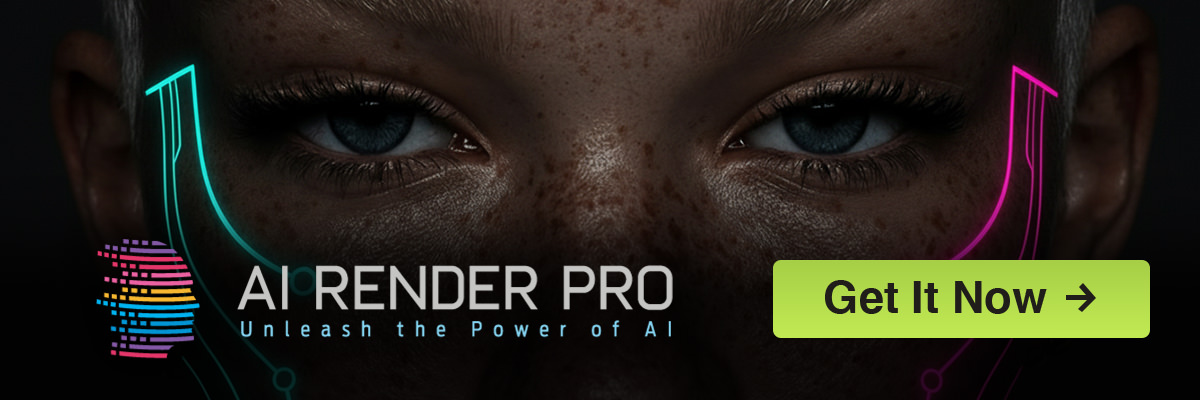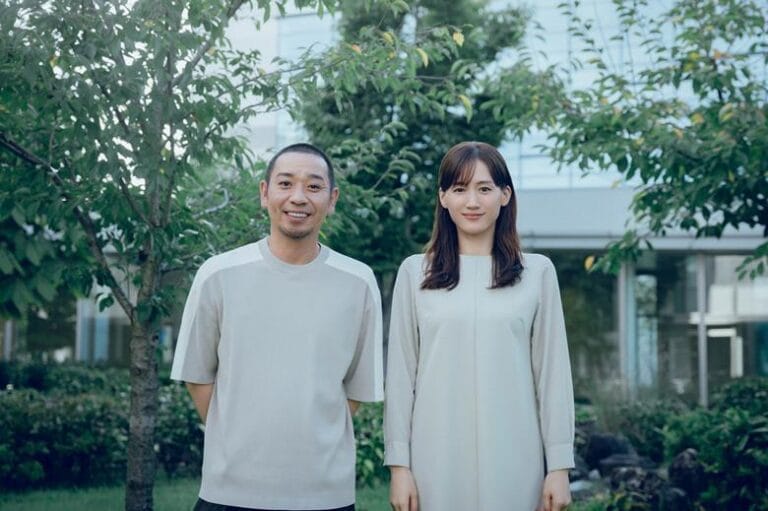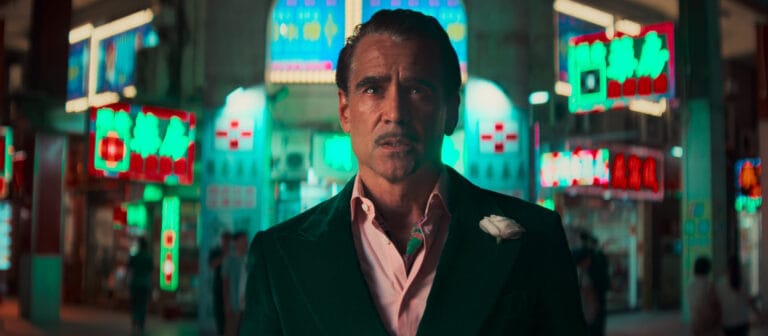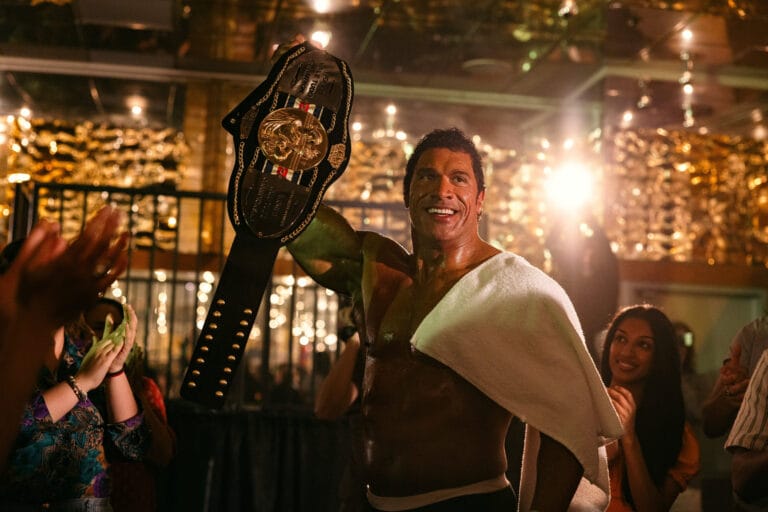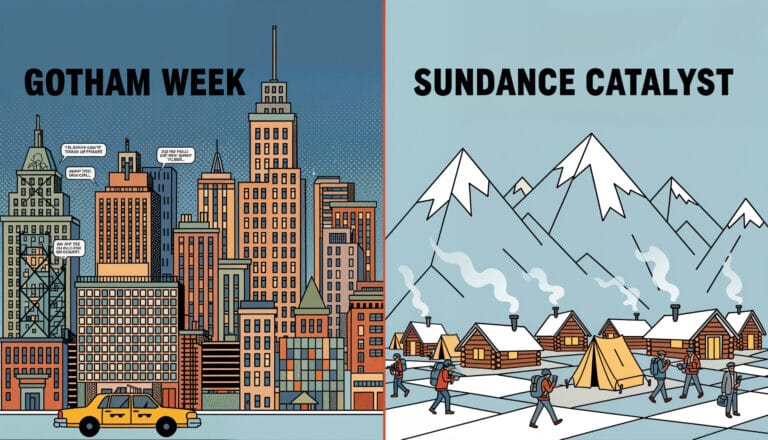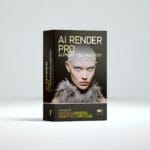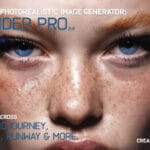- Mythical Creatures Reimagined: Rodeo FX is bringing The Sandman’s iconic stone guardians—a wyvern, griffin, and hippogriff—to life for Season 2, blending classical mythology with cutting-edge animation techniques.
- World-Building as Character: The restoration of Dream’s castle is a central VFX challenge, treating the environment itself as a key character and requiring a seamless blend of digital architecture and practical set design.
- The Modern VFX Pipeline: The collaboration between Rodeo FX and Netflix highlights the efficiency and creative synergy required to deliver over 200 high-quality shots on a demanding episodic television schedule.
The Dreaming is not just a place; it’s a living, breathing extension of its master, Lord Morpheus. When Neil Gaiman’s masterpiece, The Sandman, made its stunning debut on Netflix, audiences were captivated by a world woven from myth, magic, and profound human emotion. Now, as the saga continues into its second season, the task of rebuilding this shattered realm falls not only to Dream but to the digital artisans of our world. Leading the charge is the acclaimed studio Rodeo FX, tasked with the monumental responsibility of restoring Dream’s castle and breathing life into its ancient, mythical guardians. This isn’t merely about creating cool-looking monsters; it’s about translating the soul of a beloved narrative into pixels and light, a process that reveals the intricate blend of artistry and technology defining modern fantasy filmmaking.
The Art of Animating Ancient Myths
Animating a creature that exists only in folklore presents a unique and profound challenge for visual effects artists. The goal isn’t just to make it look real, but to make it feel true to its mythological origins while also serving the specific narrative of the story. For The Sandman, this involves giving life to the castle’s stone guardians: a wyvern, a griffin, and a hippogriff. These aren’t just background elements; they are ancient beings, extensions of Dream’s power and protectors of his domain. The animators at Rodeo FX must therefore imbue them with a sense of history, weight, and personality, deciding how a creature of stone moves, how it expresses itself without dialogue, and how it interacts with its environment in a way that feels both awe-inspiring and believable within the show’s established visual language. As the foundation for potential Sandman Season 2 VFX work, establishing these consistent character movements and mythological authenticity becomes crucial for maintaining continuity across future episodes.
The process of creating such creatures draws from a deep well of industry precedent and cutting-edge technology. Studios like Weta Digital set the standard with their work on Gollum in The Lord of the Rings and the Na’vi in Avatar, proving that digitally-created characters could deliver powerful, emotionally resonant performances. Similarly, the dinosaurs of Jurassic Park remain a touchstone for grounding fantasy in reality through meticulous study of real-world anatomy and physics. Rodeo FX builds upon this legacy, likely referencing the locomotion of birds of prey for the griffin, the serpentine movements of reptiles for the wyvern, and the powerful gait of horses for the hippogriff. This digital alchemy combines anatomical studies with artistic interpretation to create something entirely new yet hauntingly familiar.
For independent filmmakers and aspiring creature designers, this process holds a crucial lesson: grounding the fantastical in reality is key to audience belief. You don’t need a multi-million dollar budget to start applying this principle. Begin by studying the real world. If you’re designing a winged creature, spend time analyzing slow-motion footage of bat or eagle flight. Use this research to inform your concept art and animation tests. AI tools can be invaluable here; our Midjourney Mastery course can teach you how to generate countless anatomical and textural references, helping you build a solid, believable foundation for your wildest creations before you ever open a 3D modeling program.


Crafting Worlds: When Environments Become Characters
In a story like The Sandman, the setting is never just a backdrop; it is an active participant in the narrative. Dream’s castle is the heart of his realm, and its state of disrepair or restoration directly mirrors his own internal journey. The task for Rodeo FX, therefore, extends beyond simple digital set extension. They are charged with visually narrating the castle’s healing process, transforming it from a ruin into a place of renewed power and wonder. This involves a complex interplay of digital architecture, procedural generation for intricate details, and photorealistic texturing and lighting to create a space that feels both impossibly vast and intimately real. It’s a masterclass in environmental storytelling, where every archway, spire, and stone tells a part of the story.
This approach to world-building is a hallmark of modern epic filmmaking. Think of the breathtaking CG environments of Pandora in James Cameron’s Avatar, where every plant and rock formation was designed to tell the story of a living, interconnected world. Consider the virtual sets of The Mandalorian, created using Unreal Engine on massive LED volumes, which allow actors to perform within a dynamic, responsive digital environment. These productions prove that when a setting is treated with the same care and detail as a lead actor, it elevates the entire production, immersing the audience completely. Rodeo FX’s work on Dream’s castle joins this legacy, and as discussions around Sandman Season 2 VFX continue to evolve, ensuring that the environment itself has a compelling character arc across multiple seasons becomes increasingly important.
The takeaway for creatives is that world-building should be an integral part of your pre-production process, not an afterthought. A well-realized environment can inform character motivations, create atmosphere, and drive the plot forward. A powerful practical tip is to start building your world with a “design bible” or a detailed mood board. Collect architectural references, landscape photography, and textural details that define the look and feel of your setting. For those working with digital tools, experimenting with software like Unreal Engine or Blender can allow you to pre-visualize and even build interactive versions of your key locations, helping you discover new storytelling possibilities long before the cameras roll.


The Modern Studio-Streamer Production Pipeline
The scale of delivering over 200 complex VFX shots for a single season of a show like The Sandman is immense and highlights the evolution of the production pipeline. As anticipation builds for Sandman Season 2 VFX developments, the long-standing relationship between Rodeo FX and Netflix becomes even more critical to the project’s success. Such partnerships are built on a foundation of trust, a shared creative language, and a deep understanding of each other’s workflows. This allows for a more fluid and efficient process, where creative feedback is implemented faster and technical hurdles are overcome collaboratively. For high-end television, where timelines are compressed compared to feature films, this synergy isn’t just beneficial—it’s essential for maintaining quality while hitting aggressive delivery deadlines.

We see this model replicated across the industry. Scanline VFX and Pixomondo have become go-to partners for Netflix on shows like Stranger Things and for HBO on House of the Dragon, developing specialized workflows to handle everything from otherworldly demogorgons to fire-breathing dragons on an episodic schedule. These studios function as external, specialized departments of the production, deeply integrated from the early stages of concept development through to final color grading. This collaborative model ensures visual consistency and allows showrunners to push the creative envelope, confident that their VFX partners have the infrastructure and talent to realize their vision.
For aspiring artists and smaller studios looking to break into this ecosystem, the message is clear: technical skill must be matched with professionalism and strong communication. Building a portfolio that showcases not just your final renders but also your problem-solving process—breakdowns, case studies, and before-and-afters—is crucial. Furthermore, understanding the entire production process is a massive advantage. Our comprehensive Filmmaking AI resources provide deep insights into how modern productions are managed, helping you understand where your skills fit into the bigger picture. Demonstrating that you can be a reliable, communicative, and creative partner is often just as important as the quality of your pixels.












Images © 2025 Netflix / Rodeo FX. All rights reserved. Used for editorial purposes only.
Integrating AI in the Conceptual Age
While the heavy lifting of 3D modeling, animation, and compositing is done by highly skilled artists, the earliest stages of design are being revolutionized by artificial intelligence. For a project like The Sandman, where artists need to conceptualize mythical creatures and fantastical architecture, generative AI tools have become a powerful creative accelerant. Instead of spending days on a single detailed concept sketch, a designer can use text-to-image models to generate dozens of variations of a griffin’s plumage or a wyvern’s scales in a matter of minutes. This allows for a much broader exploration of ideas at the outset, ensuring the final designs chosen by the showrunners and directors are the strongest possible versions.
This practice is rapidly becoming standard in the concept art departments of major studios and game developers. Projects like Blade Runner 2049 and shows produced by Netflix Animation have openly utilized AI to help establish mood, color palettes, and initial character silhouettes. These tools are not replacing artists but are instead augmenting their creativity, acting as a tireless brainstorming partner. The artist’s role shifts from pure manual creation to that of a creative director, guiding the AI to refine prompts, curating the best outputs, and then using their own skills to paint over, composite, and elevate the AI-generated base into a polished piece of production-ready art.
The practical application for creatives today is to embrace these tools as part of your ideation workflow. Don’t view AI as a shortcut to a finished product, but as a way to supercharge your brainstorming. Use it to break through creative blocks by exploring “what if” scenarios: what if the castle was built from obsidian instead of stone? What if the hippogriff had bioluminescent feathers? By learning to craft effective prompts and artfully integrate AI-generated elements into your existing workflow, you can present more ambitious and well-developed ideas faster. This not only makes your work stand out but also demonstrates a forward-thinking approach that is highly valued in the fast-evolving creative industries.
Internal Links for Further Learning
- Midjourney Mastery: Learn to craft stunning visuals and concept art with our expert-led course.
- Filmmaking AI: Discover how artificial intelligence is reshaping the entire production pipeline, from script to screen.
- AI Render Pro: Optimize your rendering workflows and cut down on production time with these professional techniques.
Conclusion
The work being done by Rodeo FX on The Sandman Season 2 VFX is more than just a technical showcase; it’s a testament to the power of visual effects as a core storytelling tool. By resurrecting mythical creatures and rebuilding an entire kingdom of dreams, they are crafting a visual narrative that runs parallel to the written one, enriching the source material and immersing audiences deeper into its world. This collaboration between a visionary studio and a global streamer exemplifies the future of epic television, where the only limit is the scope of imagination. For the next generation of filmmakers and AI artists, this is a call to arms: the tools to build your own worlds are more accessible than ever. It’s time to start dreaming. Ready to bring your own visions to life? Explore our AI Render Pro guide and start building your masterpiece today.
FAQ
What is Visual Effects (VFX)?
Visual Effects (VFX) are the processes by which imagery is created or manipulated outside the context of a live-action shot in filmmaking and video production. This involves the integration of live-action footage and computer-generated imagery (CGI) to create environments, creatures, or effects that look realistic but would be dangerous, expensive, or impossible to capture on camera.
How do artists create mythical creatures like a griffin?
The process typically starts with extensive research and concept art, drawing inspiration from mythology and real-world animal anatomy. Artists then build a 3D model of the creature using software like ZBrush or Maya. This model is then “rigged” with a digital skeleton, allowing animators to move it. Finally, texturing artists add skin, feathers, or scales, and lighters ensure it integrates seamlessly into the live-action plate.
What software is used for high-end VFX work?
The industry standard software suite for high-end VFX includes a range of specialized tools. For 3D modeling and animation, Autodesk Maya is a top choice. For compositing live-action with CG elements, Foundry’s Nuke is dominant. Other key software includes SideFX’s Houdini for procedural effects like fire and water, ZBrush for digital sculpting, and Substance Painter for texturing.
Credits & Disclaimer
All images © their respective copyright holders (Netflix, Rodeo FX). Used here under editorial and informational purposes only. No ownership or rights implied.
For official press materials, please visit:
Rodeo FX: https://www.rodeofx.com
Netflix Media Center: https://media.netflix.com
For press inquiries or takedown requests, please contact us at:
press@blog.designhero.tv
Discover more from Olivier Hero Dressen Blog: Filmmaking & Creative Tech
Subscribe to get the latest posts sent to your email.

